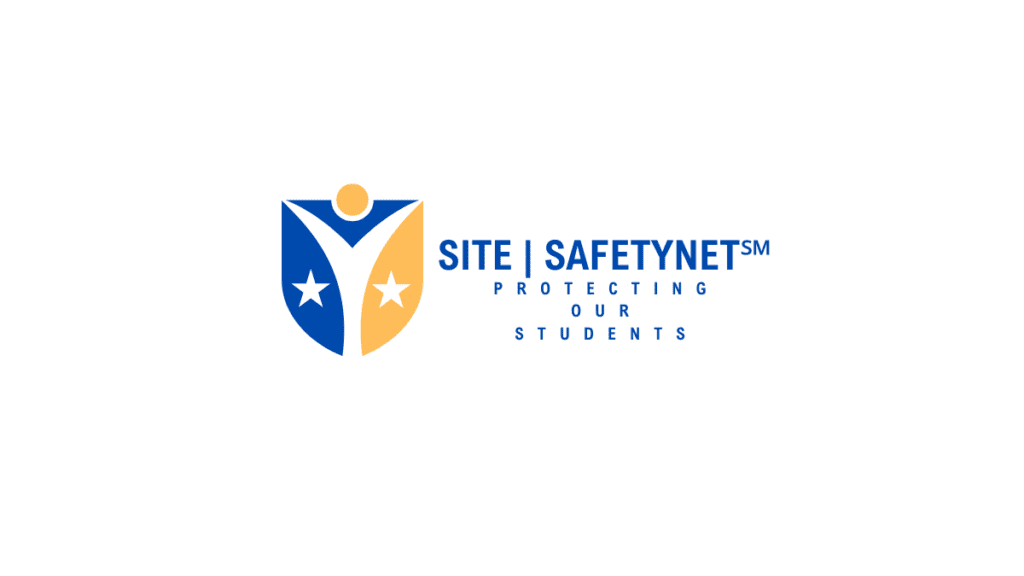 By Robert Jordan
By Robert Jordan
As the founder of Protecting Our Students, Inc. and SITE| SAFETYNET℠, I’m deeply invested in promoting environments that enhance school safety and student well-being. With this perspective, I discuss the recent decision by the Los Angeles Unified School District, the nation’s second-largest, which has made headlines by voting to ban cellphone and social media use for its over 429,000 students during school hours.
The district board passed the resolution with a 5 to 2 vote, aligning with a growing trend across the country where school districts are reassessing the impact of digital devices and social media on students. This policy shift particularly resonates in the wake of a call from U.S. Surgeon General Vivek Murthy for legislation that mandates warning labels on social media, highlighting the potential risks to teen mental health.
Why the Ban?
The primary concern driving this policy is the significant distraction that cell phones and social media pose to students, potentially detracting from their learning experiences and social development. The Los Angeles policy allows for certain exceptions, such as using phones for translation or specific educational purposes, acknowledging the necessity of technology in facilitating certain aspects of learning.
Diverse Approaches Across the Nation
This movement isn’t isolated. Various districts have adopted unique approaches, from requiring phones to be stored in pouches or lockers to permitting usage only during non-instructional times. Moreover, states like Utah and Florida have enacted statewide bans. California Governor Gavin Newsom has voiced his support for a comprehensive statewide ban, demonstrating a significant shift toward regulating digital distractions in educational settings.
Public Opinion and Impact
A survey by the National Parents Union revealed mixed feelings among parents. At the same time, 56% agree that there should be moderate flexibility in cellphone use at school, like during lunch or certain school events; the overarching sentiment leans towards restricted use. During the 2021-2022 school year, 76% of U.S. schools reported banning cell phones for non-academic purposes, with elementary schools most likely implementing such bans.
Implications for School Safety and Education
As a safety assessment professional, I understand the significance of these developments. Reducing digital distractions can lead to better educational outcomes and might enhance school safety by potentially reducing cyberbullying. Furthermore, limiting the use of cell phones can help prevent disruptions that might impede the efficiency of emergency responses.
While the full impact of these bans on academic performance and social development remains to be seen, the initiative by the Los Angeles Unified School District represents a significant step towards creating safer, more focused educational environments. As we continue to assess and enhance safety protocols with our real-time, cloud-based SITE| SAFETYNET℠, such developments are crucial in shaping policies that ensure the safety and well-being of all students.
The Unseen Crisis: Addressing the Underreported Issue of School Shootings

